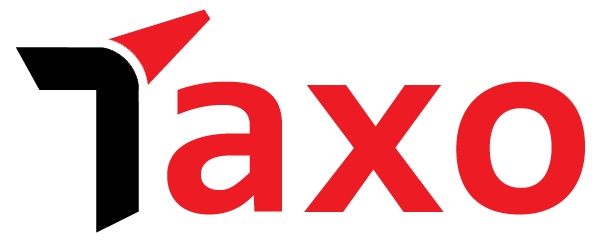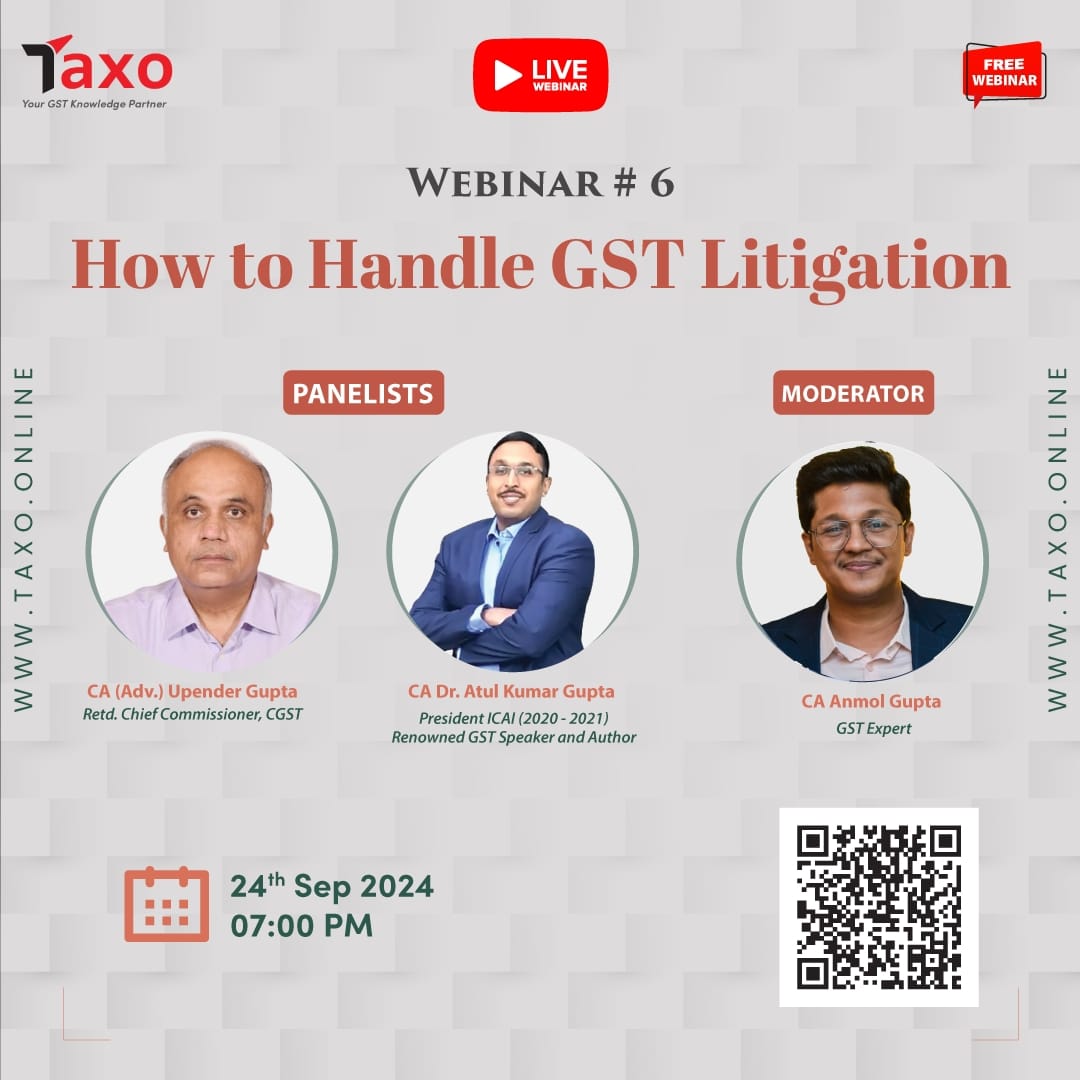 The government is gearing up to invite bids to operate the goods and services tax tech platform based on a flexible task structure, unlike the present contract with Infosys, which has fixed costs, two senior officials said.
The government is gearing up to invite bids to operate the goods and services tax tech platform based on a flexible task structure, unlike the present contract with Infosys, which has fixed costs, two senior officials said.
The Goods and Servies Tax Network is also considering whether to allow global companies to bid for the contract, given data localisation concerns, they said. The new contract will start October 1, 2024, after Infosys’ term ends.
“GSTN is working on the bid document to invite interested bidders in which they will define the job for the next consultancy firm. In terms of the bid, we are looking at a different structure having a flexible task-based contract rather than a fixed size contract,” a senior government official told Moneycontrol.
Infosys won the Rs 1,380 crore contract to build and maintain the IT backbone for the GST regime in 2015.
In a fixed cost contract, the bidder will not know how much resources are needed because the work is not defined in water-tight compartments at the start and keeps changing, the official said.
Infosys is expected to bid for the contract again as it is a flagship project for the company, the official said.
“It will be a big size and scale contract. GSTN will not under-fund or undersize the contract to ensure there are no problems in cost overruns or size of the contract later. The contract period will be seven years,” he said.
The GST regime, which sought to rationalise indirect taxes, has been changed many times since it was introduced in July 2017. The technology is expected to become more stable, going ahead.
“It will take 10 years for the full concept of GST to be rolled out justifiably, till then changes will happen frequently. We cannot ensure fixed requirements for even six months; it’s not going to happen. The new indirect tax regime was rolled out in the law without detailing fully on the technology. On day 1, they were expected to roll out GST, the law was changing on a daily basis asking the backend to catch up,” he said.
The original GST technology concept involved uploading of e-invoices, creation of a mirror image, both being matched when goods were delivered, and generation of input tax credit (ITC), for which there would be no mismatches.


